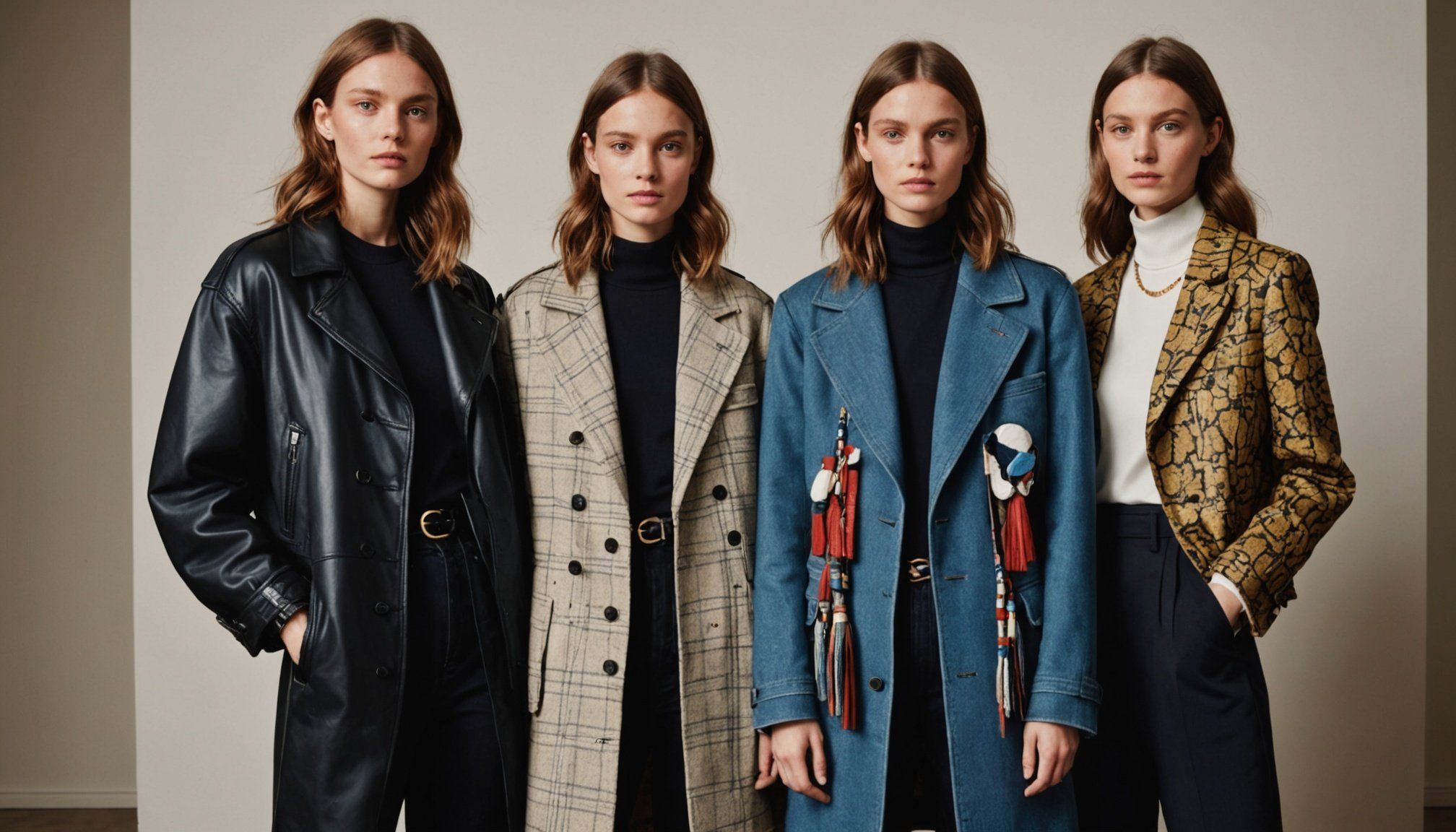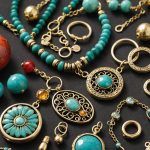Overview of Fashion Partnerships in the UK
In recent years, the UK has seen a remarkable rise in fashion collaborations, marking a transformative period in the industry. These partnerships have introduced new dynamics in the market, merging the strengths of different brands and designers to create unique, limited-edition collections. Such collections have become highly sought after due to their exclusivity and the novel styles they present.
The significance of limited-edition collections lies in their ability to capture the zeitgeist of current UK fashion trends. They often push creative boundaries, setting new standards for innovation and design. Additionally, these collaborations spotlight emerging trends such as sustainable fashion and tech-infused garments, resonating deeply with contemporary consumer values.
Topic to read : Exploring tailoring solutions for disabled women in the uk: your ultimate guide to specialized fashion
Key trends emerging from these collaborations include the blending of high fashion with streetwear aesthetics and the incorporation of sustainable practices. By tapping into these trends, brands not only enhance their appeal but also forge stronger relationships with a broader audience. Fashion collaborations enable consumers to access exclusive pieces that reflect personal identity and style, fueling their desire for one-of-a-kind items.
Through these fashion collaborations, the UK fashion scene continues to thrive, offering fresh perspectives and driving the industry’s evolution.
Also to read : Express your faith with stunning jewelry pieces
Notable Fashion Collaborations
In the dynamic world of brand collaborations, the UK continues to showcase impressive partnerships between leading designers and brands. Such collaborations focus on creating exclusive fashion lines that captivate consumers and set new standards in the industry.
Leading Designers and Brands
Prominent UK designers often team up with established brands, aiming to merge their creative visions. These designer partnerships are not just limited to high-end fashion houses; they also include collaborations with emerging designers, sparking fresh perspectives. Through this synergy, brands can tap into broader demographics, offering diversity in style and accessibility.
Examples of Successful Collaborations
Among the notable examples is the partnership between high-fashion designer Stella McCartney and sportswear giant Adidas. This collaboration achieved great success by offering eco-friendly, stylish activewear, appealing to sustainability-conscious consumers. In another instance, Burberry’s collaboration with Vivienne Westwood revitalised traditional British classics, blending punk flair with iconic elegance.
Impact on Brand Identity
These strategic collaborations significantly enhance a brand’s identity, infusing it with innovation and cultural relevance. They bolster consumer loyalty by nurturing brand trust and excitement, ultimately expanding market reach. This influence often extends beyond the realm of fashion, affecting consumer perception across lifestyle choices.
Limited-Edition Styles and Their Appeal
Limited-edition fashion captivates consumers with its uniqueness and exclusivity. These collections often feature distinctive designs and high craftsmanship, making them rare and desirable. In a world teeming with fast fashion, these limited-edition styles provide a refreshing antidote by offering something truly special.
The allure of exclusive styles lies not just in their scarcity but also in the personal statement they allow an individual to make. Owning such items often symbolizes a sense of accomplishment, as they can transform one’s wardrobe into a curated collection of rare pieces. Moreover, these styles reflect an individual’s unique fashion identity, setting them apart in a crowd.
Emotionally and psychologically, fashion rarity fuels consumer excitement and urgency. This phenomenon, known as the scarcity principle, leads to a heightened desire as consumers fear missing out on acquiring something exceptional. The emotional investment in limited-edition pieces can forge deeper connections between consumers and brands, enhancing brand loyalty.
In essence, the appeal of limited-edition fashion extends beyond aesthetic values. It taps into human psychology, offering satisfaction and a sense of prestige through rarity and individuality.
Tips for Purchasing Limited-Edition Items
Navigating the world of limited-edition fashion can be thrilling yet challenging. Understanding the importance of timing and availability is crucial for securing these exclusive pieces. Fashion releases often happen at specified times, and being aware of these dates can enhance your chances of obtaining the desired items. Set reminders and follow brands on social media to stay updated with release announcements.
When it comes to purchasing, turning to reliable retailers and trusted online platforms is essential. Look for established names that have a track record of offering genuine limited-edition styles. These platforms often provide pre-release information, increasing your likelihood of making a successful purchase.
Strategies matter. Consider joining waitlists or loyalty programs that offer early access to limited releases. Timing is everything, so logging on before the official release time can give you a competitive edge. Also, explore multiple platforms to widen your options.
Understanding the psychology behind fashion rarity can add an edge to your strategy. Knowing why these items are desirable and what causes such demand helps you make informed decisions and enhances your satisfaction with each purchase. Stay informed, act swiftly, and choose wisely to enjoy the allure of exclusive fashion.
Upcoming Collaborations and Events
The UK fashion scene remains abuzz with anticipation, as numerous future collaborations and fashion events promise to unveil an array of exclusive collections. The release calendars of various brands are marked with events designed to captivate fashion enthusiasts seeking the next big trend.
Fashion events such as London Fashion Week continue to serve as key platforms where imminent releases are showcased. For keen observers of limited-edition collections, these events offer a sneak peek into upcoming partnerships, setting the stage for the fashion season ahead. Designers and brands often utilize these platforms to announce unexpected collaborations, generating excitement and buzz within the industry.
To remain well-informed about these eagerly awaited future collaborations, it’s advisable to follow both brands and designers across social media and digital platforms. Many brands release teaser campaigns and hints ahead of significant events, creating an air of mystery and anticipation.
Leveraging advance notifications and release calendars can give fashion aficionados a strategic advantage. By staying updated, they can strategically plan visits to fashion events or set reminders for significant unveilings, ensuring they never miss out on the chance to acquire exclusive pieces straight from the runway.
Designer Insights and Quotes
Gaining insights from renowned designers through designer interviews offers a rare glimpse into the creative processes behind the numerous fashion collaborations currently shaping the UK scene. These dialogues often reveal the inspirations fueling these partnerships, bridging the gap between conceptual prowess and tangible design.
Creative inspiration is a tapestry woven from diverse elements, including art, culture, and emerging technologies. Designers like Vivienne Westwood and Stella McCartney have cited contemporary art and sustainable practices as significant creative processes driving their collaborative efforts. Each partnership often features unique narratives, crafting a story that resonates with the target audience.
Looking to the future, industry leaders offer predictions about the evolving landscape of fashion partnerships in the UK. Many anticipate increased incorporation of technology and digital platforms to elevate the consumer shopping experience. Additionally, there is a strong move toward sustainable practices, which reshapes perceptions and requirements in the design process.
This forward-thinking outlook not only promises innovation but also encourages a deeper connection between brands and consumers. Such engagements are transforming traditional approaches into more inclusive, thoughtful, and imaginative encounters within the realm of fashion. By understanding these dynamics, enthusiasts can gain an enriched appreciation of the industry.











